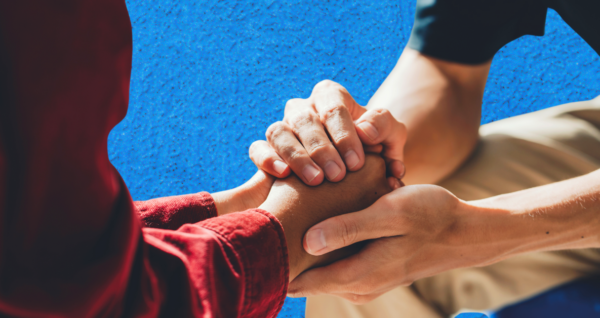March 21, 2024, marks International Agunah Day, when we recognize the plight of Jewish women who are denied a religious divorce (get) by their husbands.
Stand with Jewish survivors of domestic abuse by supporting Sanctuary’s Jewish Orthodox Matrimonial Initiative. Make a tax-deductible gift today.
March 21, 2024, marks International Agunah Day, when we recognize the plight of Jewish women who are denied a religious divorce (get) by their husbands. Get denial, which is a known form of abuse in the Jewish community, results in women being “chained” to dead marriages.
Under traditional Jewish law, only husbands can grant religious divorces. In some cases, women remain chained to their husbands for decades, even after receiving civil divorces. In other cases, the provision of a get is used to extract unreasonable concessions from women, such as waiving claims to marital property, giving up custodial rights, or forcing cash payments. Without a get, traditional Jewish women may not remarry, holding them back from moving on with their lives.
Sanctuary for Families has long recognized the plight of Agunot — chained women — and represents a wide range of Jewish communities through its Orthodox Jewish Matrimonial Initiative (OJMI). Our attorneys partner with advocacy organizations, community leaders, and the religious courts to obtain religious divorces for our clients.
If you need assistance with a get, or if you would like to learn more, please contact our OJMI Senior Staff Attorney and Director, Alice Shooman, at ashooman@sffny.org or our Project Assistant, Rivkah Cohen, at rivkahcohen@sffny.org.
International Agunah Day coincides with the Fast of Esther, which recognizes the bravery of Queen Esther, who saved her people in ancient Persia by defying communal norms and risking her life to approach the King for help. We take strength from her example in advocating for our clients’ freedom.



